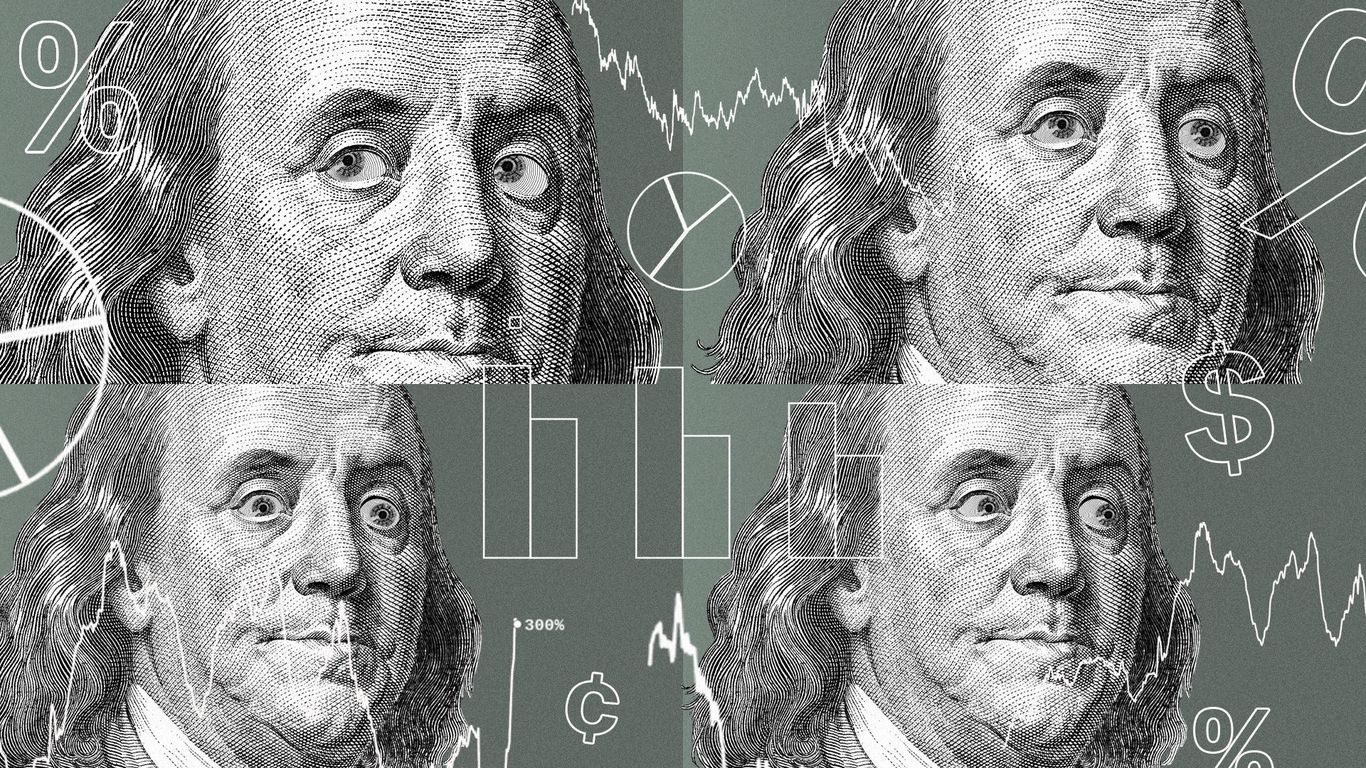
"The U.S. labor marketlooks to be in a precarious balance, in solid shape for the moment but vulnerable to a rapid worsening. The big picture: That's the implication of the chart above, which captures the relationship between the rate of job openings and unemployment. Based on this historical experience, if employers were to pull back on the number of job postings even slightly, it would coincide with a rapid rise in the jobless rate. It helps explain why the Federal Reserve is cutting interest rates"
"State of play: The relationship between vacancies and unemployment is known as the Beveridge Curve, developed by British economist William Beveridge in the 1940s. In 21st century America, the Beveridge Curve has displayed a notable nonlinearity, a kink in the curve. It implies that the labor market could shift relatively quickly from one state to another. Zoom in: The visual above tells the story. Each dot represents a single month since the year 2000."
The U.S. labor market is in a precarious balance: currently solid but vulnerable to rapid worsening if job openings decline. The Beveridge Curve relates vacancies to unemployment and shows a notable nonlinear kink in recent decades. On the left portion employers cut postings from 2022 to 2024 with little unemployment increase, while on the right portion small reductions in openings align with dramatic rises in joblessness. In August both unemployment and the job openings rate were 4.3%, placing the market at the kink between vertical and horizontal regimes. Employers have reduced postings since the openings peak three years ago; further cutbacks are more likely to increase unemployment.
Read at Axios
Unable to calculate read time
Collection
[
|
...
]